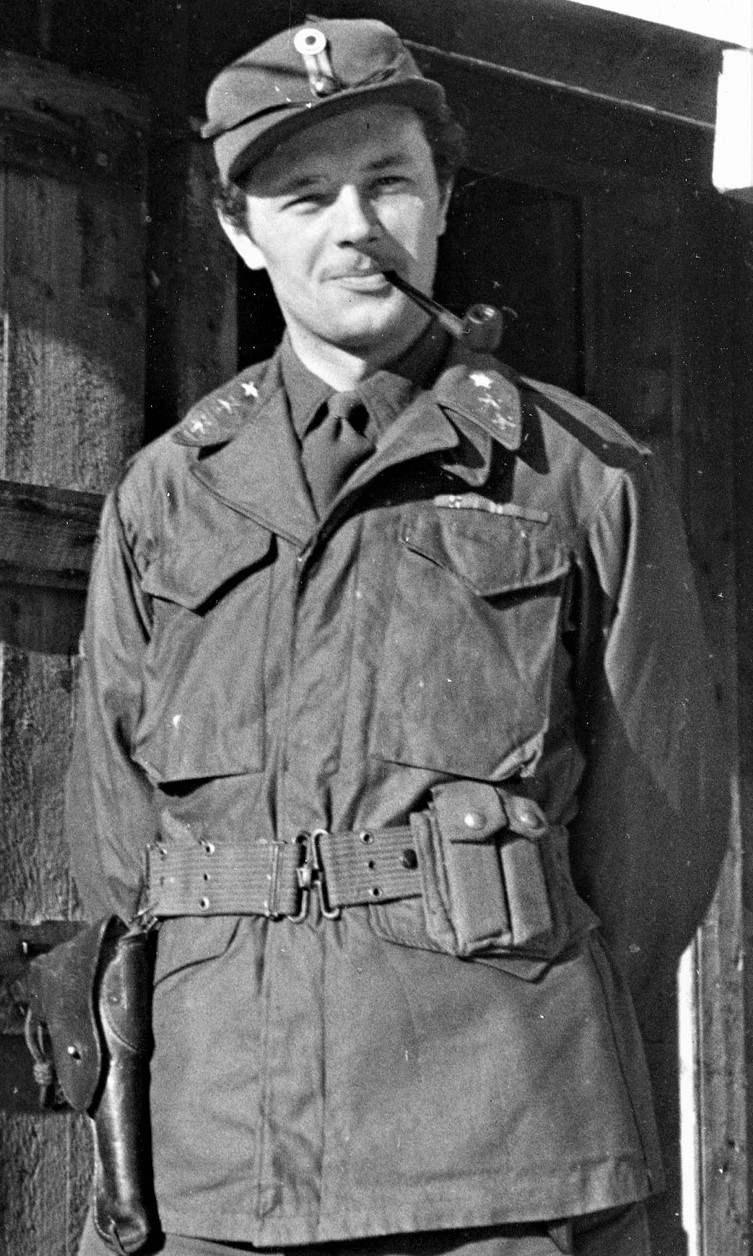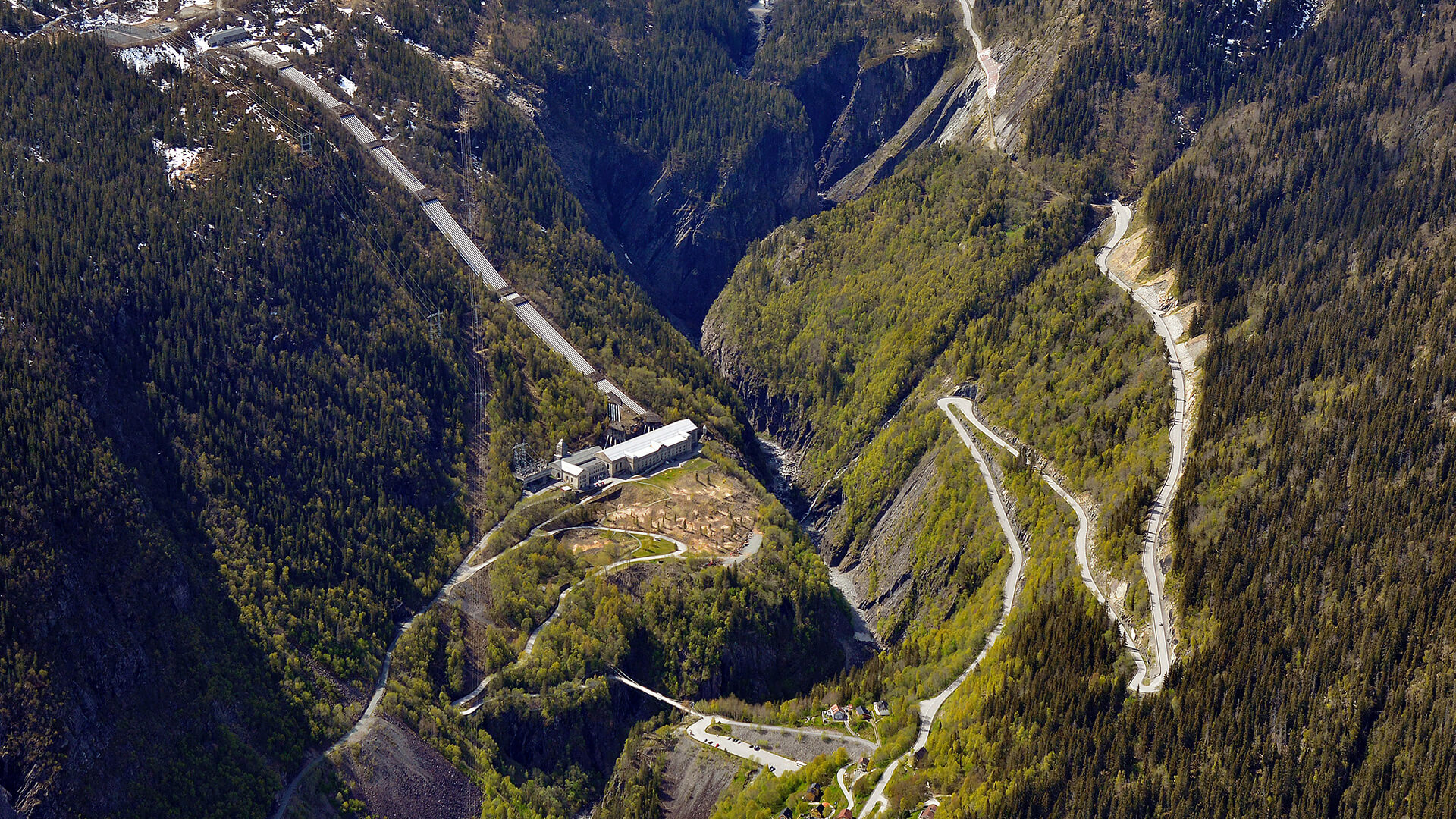
Norsk Hydro’s heavy water production at Vemork was an important part of the Nazis’ nuclear project during World War II. So important that as many as four perilous military operations were initiated to stop it.
Production increases fivefold
Barely a month has passed since the German invasion of Norway when the order is given to increase the production of heavy water fivefold. The British receive the news of the increased German interest with concern. They fear that the Nazis will use the heavy water to develop an atomic bomb.
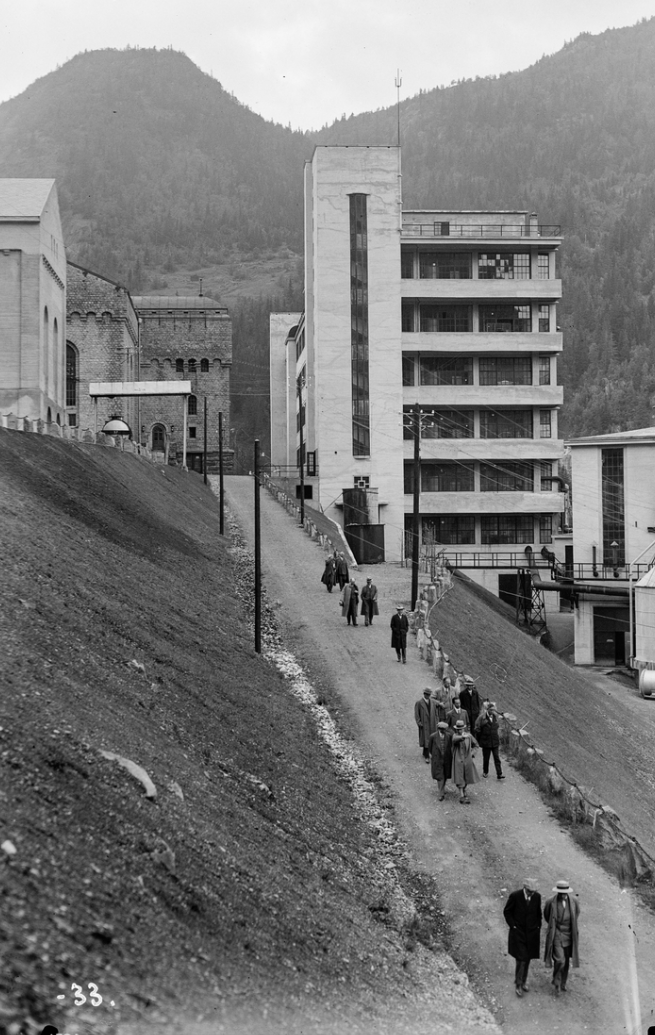
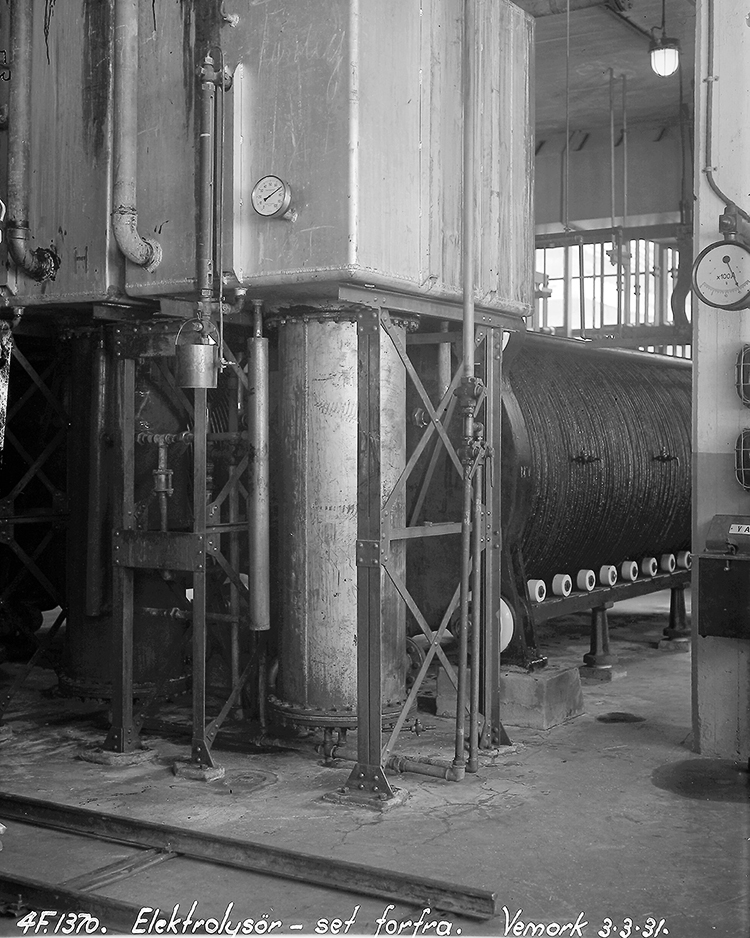
The alarm is raised in England
In the spring of 1942 the alarm is raised in earnest. Scientific experiments have shown that it is possible to produce plutonium in reactors with heavy water. The risk has become to great. The British decide that the production of heavy water that takes place in the cellar of the hydrogen factory at Vemork must be stopped.
As soon as the end of March, 24-year-old sergeant Einar Skinnarland is sent to Norway. His task is to make contact with Norwegian agents in the Rjukan area and be a link to London. He will also help in subsequent operations.

Operation Freshman
The first operation against the heavy water production is initiated in the autumn of 1942. The operation is named Freshman, and it is British engineering soldiers from Combined Operations who will carry it out. The goal is to destroy the heavy water plant, the supply of heavy water and the power station at Vemork.
The British decide to transport the soldiers to Norway using gliders. Gliders don’t have engines, and must therefore be towed by bombers. Two platoons are to be transported. Each platoon consists of 17 soldiers. In addition, each bomber has a crew of 7. It is the first time the British use gliders in an operation over such a long distance.
Codename Grouse
Before operation Freshman can start, an advance guard is sent to Norway to find a suitable landing site and prepare it. Their mission includes receiving the British soldiers and leading them to their target. The group is given the codename Grouse, and is headed by second lieutenant Jens Anton Poulsson (aged 24). The remaining members are sergeant Arne Kjelstrup (29), second lieutenant Knut Haugland (25) and sergeant Claus Helberg (23).
Grouse is a part of the Norwegian section of Special Operations Executive (SOE), which subsequently will be named Norwegian Independent Company 1. On 18 October 1942 Grouse lands on the Hardangervidda mountain plateau. They have been given orders to not contact Skinnarland.
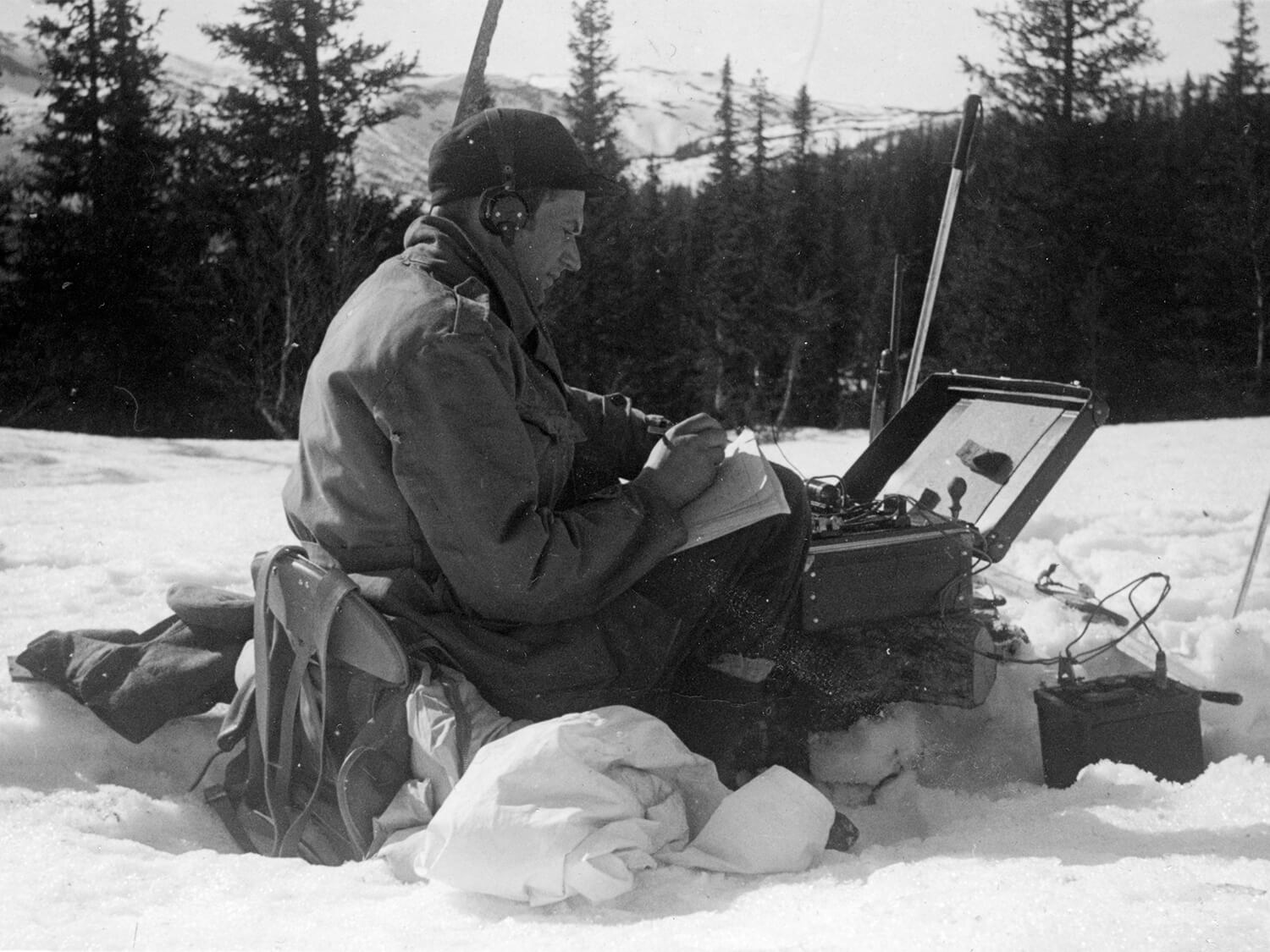
The tragedy
On 19 November 1942 the aircraft take off from Skitten near Wick in Scotland. Operation Freshman is under way. The first aircraft reach Hardangervidda and search for the landing site Grouse has prepared. But due to a combination of technical issues and bad weather, they are unable to locate it. They are forced to turn around. All of the aircraft have serious problems with icing. Only one of the bombers returns to base in Scotland. The other, along with both gliders, crashes in Western Norway.
Around half of the soldiers are killed in the crash. Those who survive are killed by the Nazis. 4 are murdered in a prison in Stavanger, 14 are shot in the Slettebø camp in Egersund, and 5 are sent to Grini and are later executed at Trandum. The tragedy has a total of 41 victims.
Operation Gunnerside
After the Operation Freshman disaster, it is decided that a new group will carry out a sabotage mission together with Grouse. The group is given the codename Gunnerside, and is a part of Norwegian Independent Company 1. Gunnerside is led by second lieutenant Joachim Rønneberg (23), and otherwise consists of sergeant Birger Strømsheim (31), second lieutenant Knut Haukelid (31), sergeant Hans Storhaug (27), sergeant Fredrik Kayser (24) and second lieutenant Kasper Idland (24).
On 16 February 1943 the soldiers parachute to the Hardangervidda plateau. However, they land in the wrong place. Gunnerside is close to losing parts of their equipment, and are also hampered by the weather. It takes a week before Grouse and Gunnerside finally find each other.
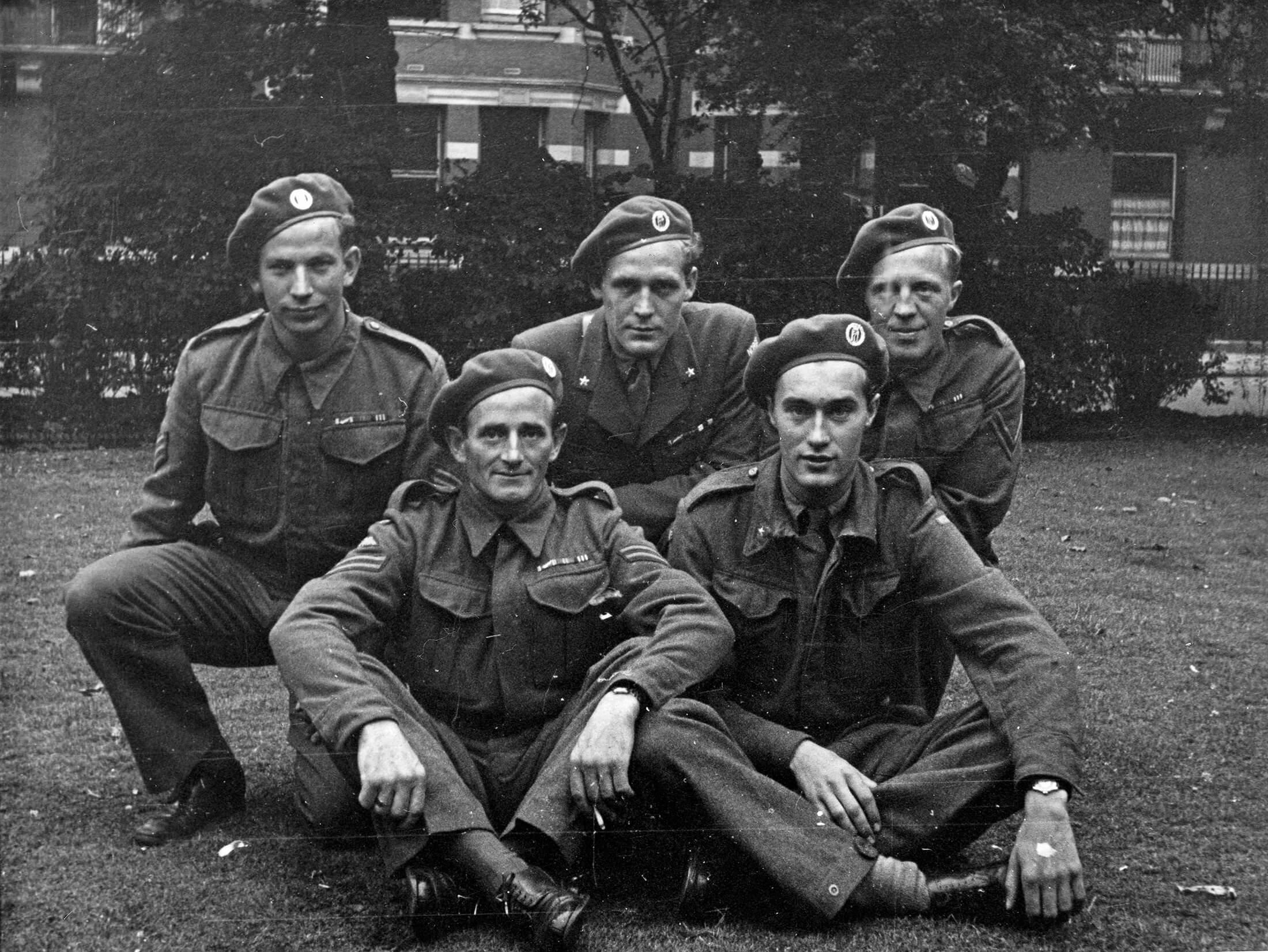
The success
On 27 February at 8 p.m. the advance begins. The saboteurs decide to traverse the gorge instead of using the guarded suspension bridge to Vemork. They wait at the gate on the railway line until the change of guards on the bridge has completed. Just after midnight they blast the heavy water plant without being discovered. The explosion destroys the heavy water cells and 500 kilograms of heavy water flow down the drain.
No-one is captured and no lives are lost. After the operation, Rønneberg, Strømsheim, Idland, Storhaug and Kayser ski to Sweden. The others remain to build up resistance groups in the area.
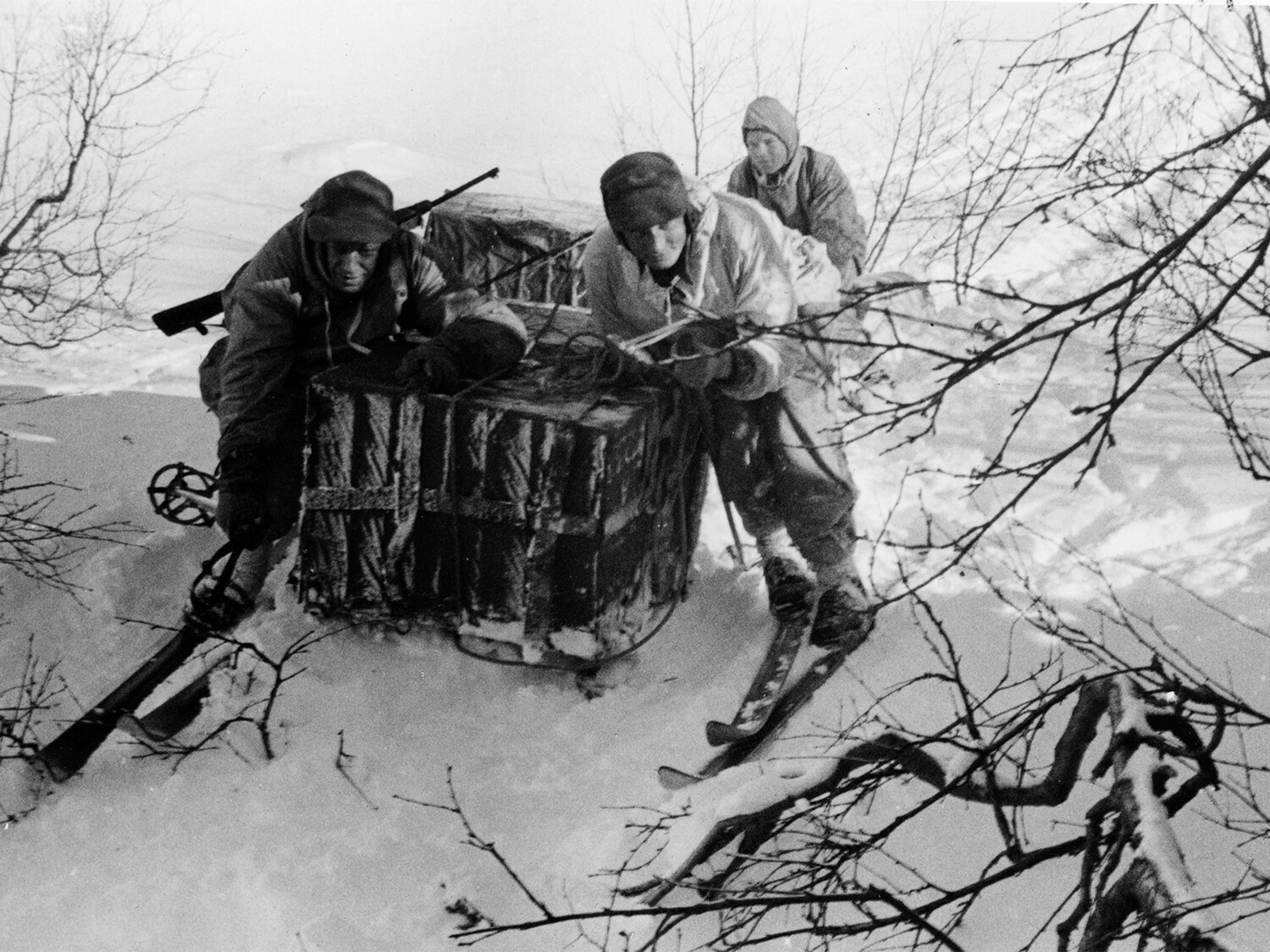
The bombing of Vemork and Rjukan
Despite the heroic efforts, heavy water production is soon up and running again. The Americans push for the allied military leadership to bomb the Vemork plants. The Norwegian government in London is neither informed nor consulted about this operation.
In the morning of 16 November 1943, the Americans bomb Vemork and Rjukan. More than 700 bombs of 500 kg rain down on Vemork. In addition, more than 70 tons of bombs are dropped on the factory facilities in Rjukan. Around 18 bombs strike the plant at Vemork. There is damage to the hydrogen factory and power station. Around 60 kg of heavy water is lost in the operation.
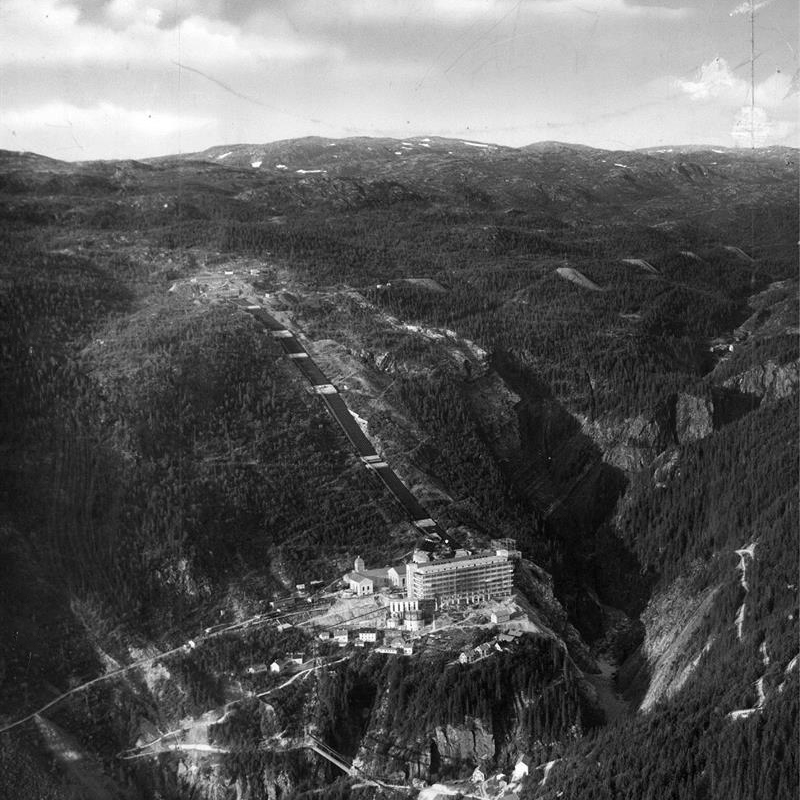
22 civilian victims
One of the bombs strikes a new bomb shelter at Vemork. A total of 22 civilians are killed in this operation. Many are women and children. In addition, six houses are destroyed and several are damaged. The bombing raid leads to a strong reaction from the Norwegian authorities.
The sinking of DF Hydro
The bombing results in the Nazis wanting to move heavy water production to Germany. The heavy water and production equipment is to be moved over Tinnsjøen lake on the ferry DF Hydro. To prevent this, it is decided that the ferry must be sunk.
The operation is headed by second lieutenant Knut Haukelid (32). He is accompanied by Rolf Sørlie (27) and Knut Lier-Hansen (27). The night before 20 February 1944 the three saboteurs sneak on board the unguarded ferry and place the explosive charges.
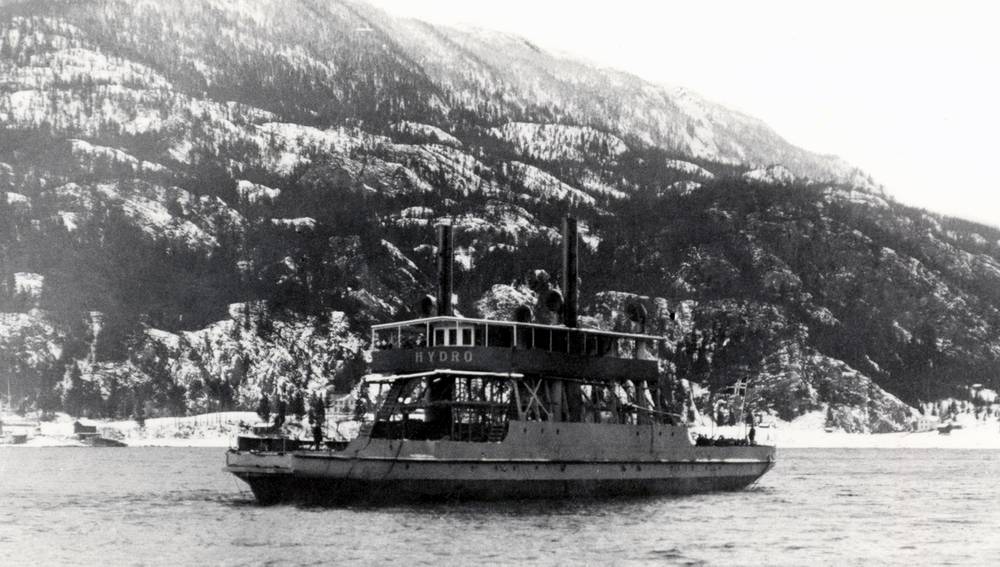
The victims
On Sunday 20 February there are 53 passengers and some tankers and freight carriages on board the ferry. In addition, there are two carriages of heavy water of low concentration. This corresponds to around 600 kg heavy water of high concentration. Just before 11.00 a.m., the charges detonate. 18 people are killed. The dead are 14 civilian Norwegians 4 German soldiers. After the operation, Haukelid travels to Sweden. Lier-Hansen and Sørlie remain in the Rjukan area.
The fight is over
The sinking of the DF Hydro stops the largest transport of low-concentration heavy water to Germany. However, two smaller transports totalling 120 litres of heavy water are sent in March. The dismantled heavy water equipment is sent in August. The sabotage operations nevertheless contribute to stop the supply of Norwegian heavy water to Germany, and denies the Nazis the amount of heavy water they need to start a chain reaction before the war is over.
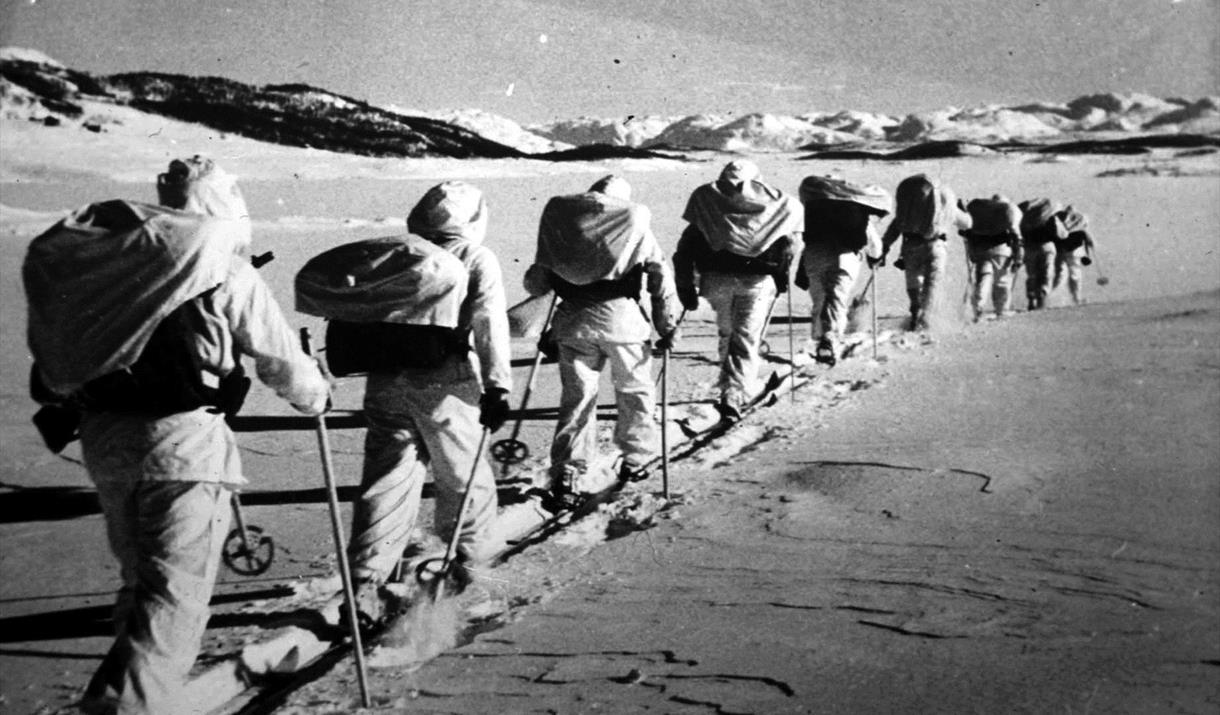
The heroes of Telemark
Who were the young Norwegian soldiers who risked their lives to carry out one of the most important military operations during World War II?
Get to know the saboteurs